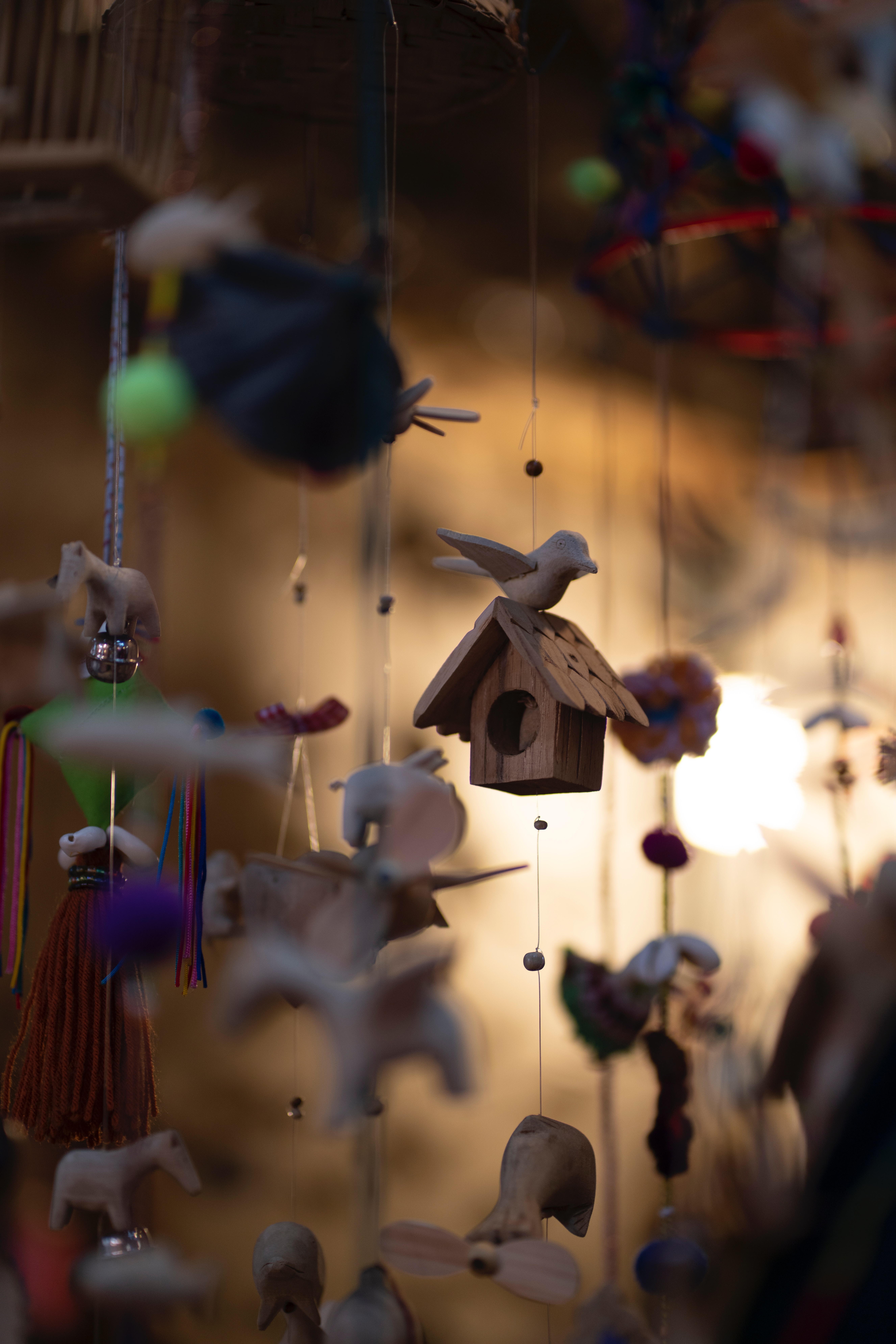In general, it’s probably safe to say that most kids these days have more toys than they need. While our grandparents might remember having three or four toys they cherished in their childhoods, our kids likely have an entire playroom devoted to their things — and still they take over the living room. Of course, there have been lots of economic and cultural changes since our grandparents’ days, leading to much more abundant lives for many (though not all) people — and clearly that’s a positive thing, to an extent. But just as clearly, there’s a point when it’s true that “less is more.”
If birthday parties, commercialized holidays, and your own good intentions to provide your kiddos with a rich environment have created an overflow of playthings in your home, fear not: here are some steps you can take to regain control.
- Set your own standards for the type of toys you like to have in your home. For some, that means no noisy electronic toys, while others skip anything with cheap plastic parts. Whatever your criteria, things that don’t meet those standards can go straight to the donation pile.
- Let people know what your boundaries are. If you don’t like toys with particular characteristics, tell people. If they insist on gifting your child with things that make you crazy, you’re free to pass items along to someone who might appreciate them more. Worried that they’ll expect to see it next time they visit? Be ready with a response, whether it’s a little white lie (i.e. “I’m so sorry but it broke!” or “I cut myself on it and I was afraid the baby would hurt herself.”) or a gentle reminder of your house rules (i.e. “It was really nice of you to think of us with this but…”).
- Rotate your kids’ toys. When you notice something has not being played with for a while, quietly pack it away temporarily. Don’t get rid of it, but place it in the basement or garage. Then bring it out again in a few months, and it’ll be like a brand new toy.
- Make clean-up easy. Young kids and even kids-at-heart do not use lids. Don’t make any extra steps for putting stuff away. Help kids form the habit of putting one thing away before getting out the next. A clean-up routine at the end of the day can be helpful, too.
- Take photos of toy shelves when everything is cleaned up, and hang them where your child can see them for reference on where things belong. Alternately, label the shelves with words or pictures, to remind people where to put things back. This is especially helpful as it enables babysitters and others to help put things away in an orderly fashion.
For more tips, see our post on organizing spaces with children.
